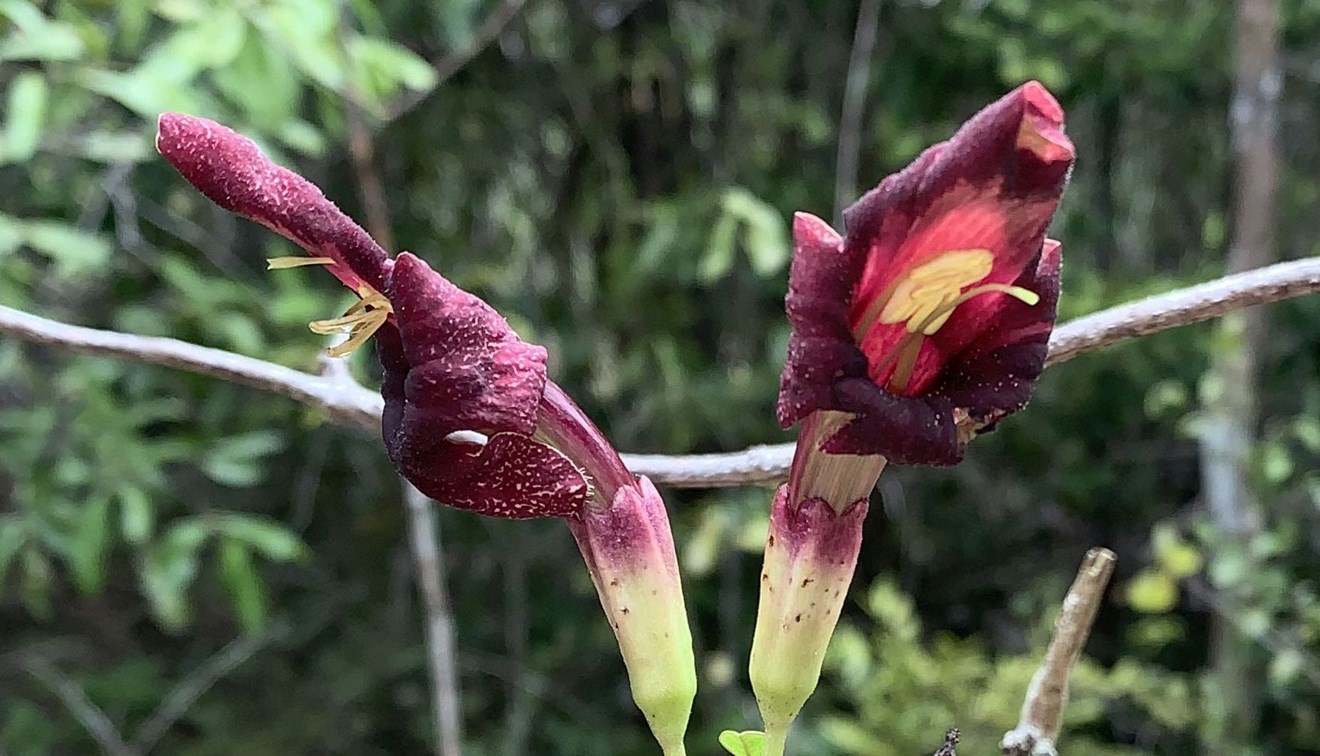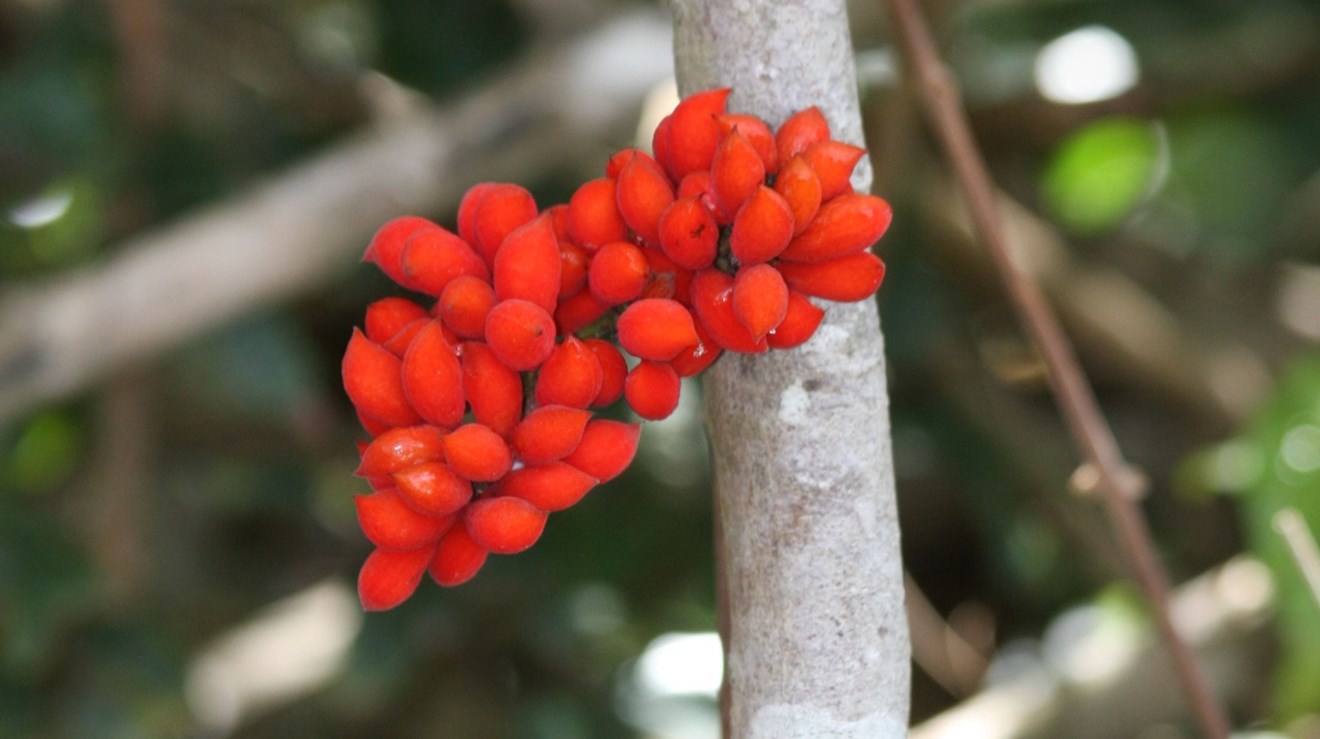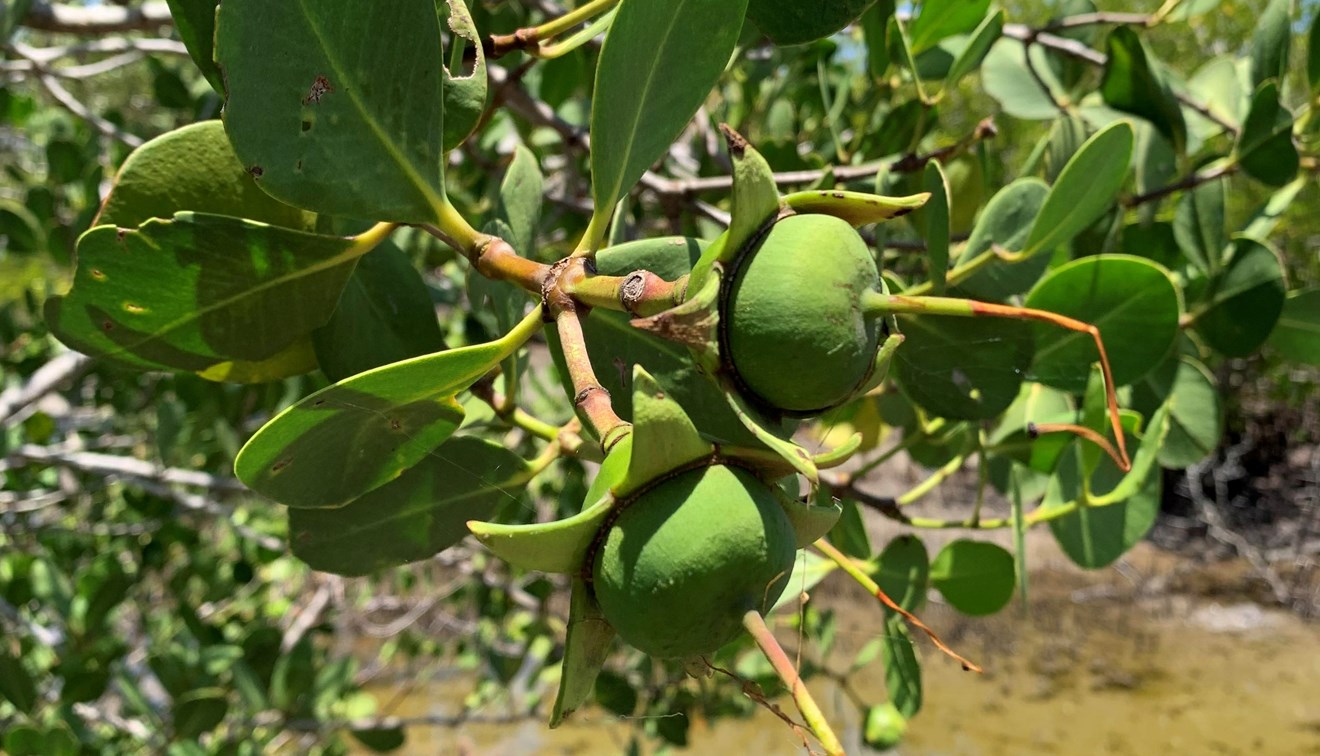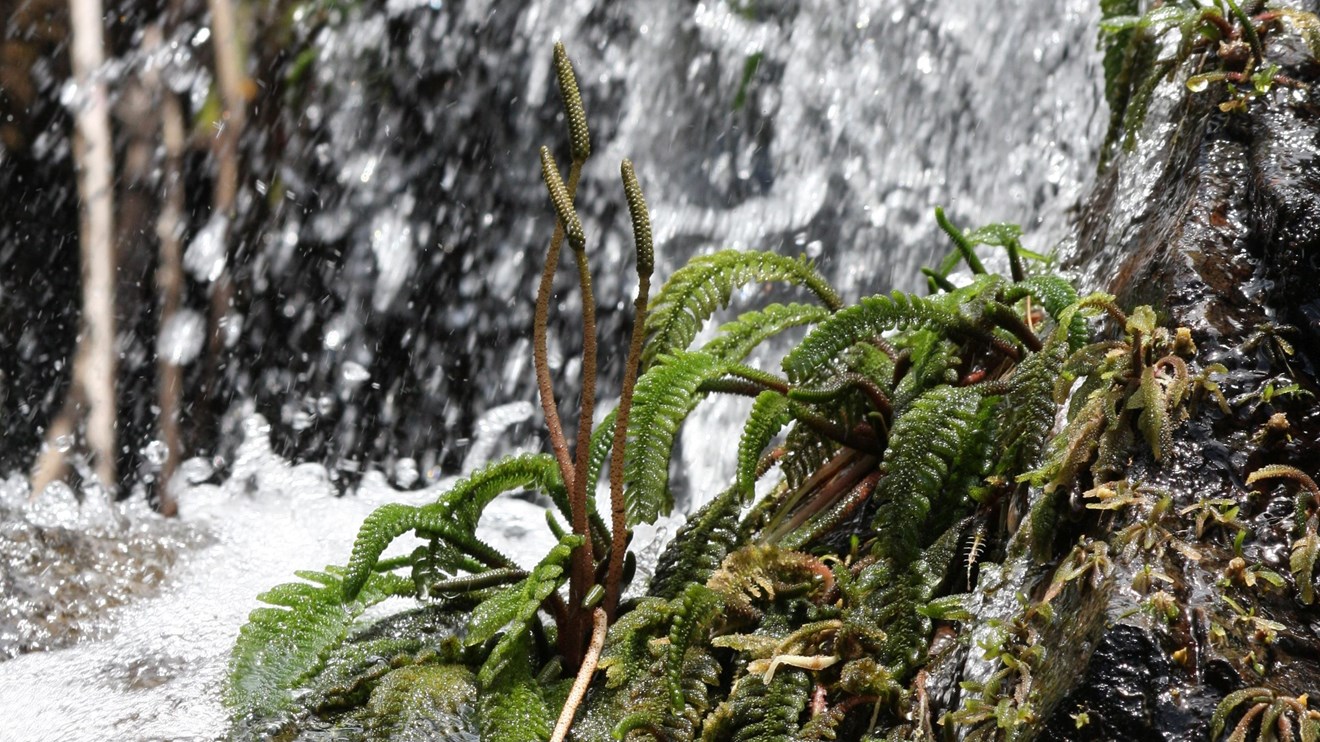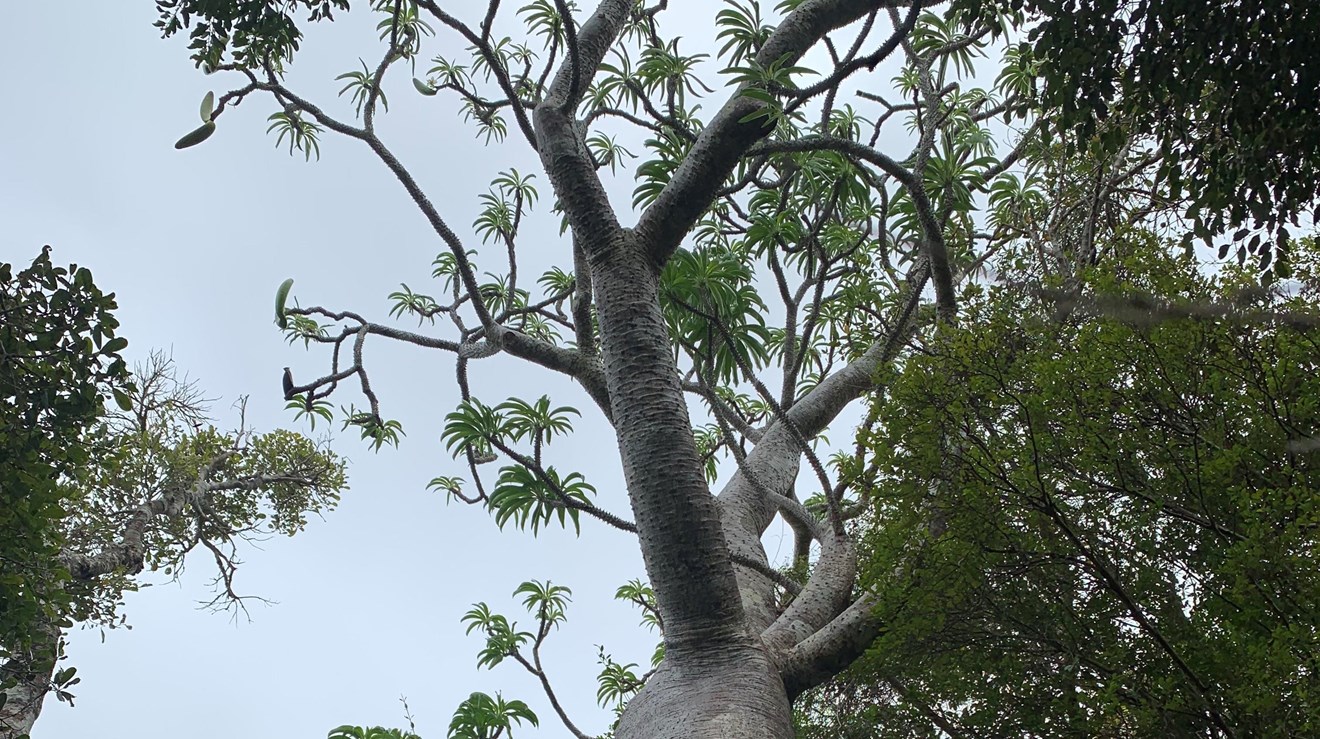Madagascar 2023
In November 2023 Gothenburg Botanical Garden’s Scientific Curator Kent Kainulainen traveled to Madagascar together with Sylvain Razafimandimbison from the Swedish Museum of Natural History in order to collect plants in the Vohemar District in northeastern Madagascar.
“This trip was planned to coincide with the rainy season, the time of the year when most plants begin to flower. Unfortunately, the rains were a few weeks late this year, so it was still relatively dry in this part of Madagascar. Nevertheless, it was a successful collection trip.
The first locality we visited is just north of the coastal town Vohemar in the area Andrafiamadinika. Its vegetation is perhaps best described as a secondary scrubland since it is used by local people and impacted by this. It is also to a large extent grazed by cattle. Even though the primary tree layer is mostly gone, the shrub flora is still quite diverse, particularly in species of the families Apocynaceae and Celastraceae. Several eye-catching climbers such as Perichlaena richardii (Bignoniaceae) and Vanilla madagascariensis (Orchidaceae) also grow here. During low tide we were able to visit a nearby mangrove forest where we found four of Madagascar’s eight species of mangroves.
Our next destination was Binara hills within the Daraina Commune. The Binara forest is also under pressure from local people, and it is steadily diminishing due to slash-and-burn farming. We had to walk far in order to reach the forest edge, but we were glad to find that there is still quite a large primary rain forest remaining intact. The species diversity here is very high for both plants and animals. In the trees we saw groups of lemurs of the species golden-crowned sifaka (Propithecus tattersalli). The tree canopy is dominated by the white-barked Canarium multiflorum (Burseraceae), which has a sought-after aromatic resin. Among the more interesting collections that we made in this area were Malagasy tea (Aphloia theiformis; Aphloiaceae), an as of yet undescribed species of Hymenodictyon (Rubiaceae), and a species of Hydrostachys – a genus of aquatic plants from Madagascar and Southern Africa particularly adapted to growing in running water.
Finally, we travelled north to Andrangana, where there is forest that is intermediate between dry deciduous forest and littoral forest. This interesting forest grows on sand and is not very tall. However, the number of species is high, particularly when it comes to woody plants. Here we saw huge specimens of Pachypodium rutenbergianum (Apocynaceae) – the largest with a circumference of 3 m. Among the plants that we collected were Rhopalocarpus, a genus in the family Sphaerosepalaceae which is endemic to Madagascar. Another interesting find in this forest was Melanoxerus antsirananensis (Rubiaceae), a species described as late as 2021* (by me). A pity though that this tree was not yet in flower!”
Kent Kainulainen
* Read the article "A taxonomic revision of Melanoxerus (Rubiaceae), with descriptions of three new species of trees from Madagascar"

